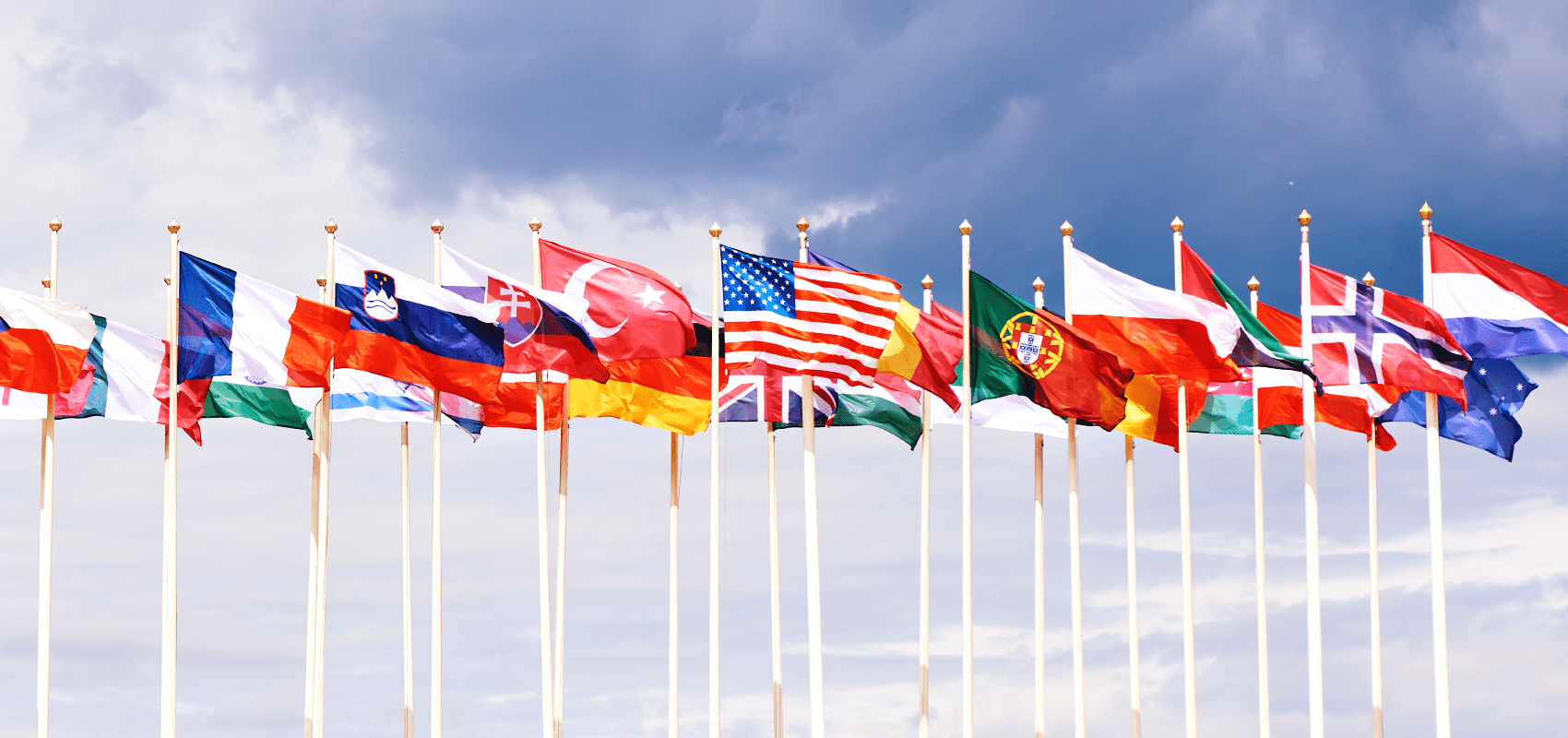India is taking a more cautious approach to negotiating Free Trade Agreements (FTAs) and is recalibrating its strategy to maximise trade and investment gains. The Department of Commerce is seeking Cabinet approval for new guidelines to streamline FTA negotiations, aiming to learn from past experiences and address emerging global trade trends.
A recent high-level meeting between commerce officials and the Prime Minister’s Office highlighted the need for a Standard Operating Procedure (SOP) for FTAs. This SOP will incorporate lessons from previous agreements, including those with the UAE, Australia, and EFTA, and will focus on sustainability, government procurement, labour, and digital trade.
The government is concerned that past FTAs may not have yielded significant benefits for India, while trade partners have gained more. Additionally, there’s a worry that FTAs could be used to route Chinese goods into India. As a result, India has slowed down negotiations with countries like Peru and Oman, prioritising deals with larger and strategically important nations such as the UK, EU, and Maldives.
India’s decision to withdraw from the Regional Comprehensive Economic Partnership (RCEP) in 2019 led to a surge in bilateral and regional trade agreements. However, the country’s experiences with Japan, South Korea, and ASEAN have tempered its enthusiasm for such deals.
By carefully assessing its FTA strategy and implementing a new SOP, India aims to secure more favourable terms and ensure that future agreements align with its economic and strategic goals.

